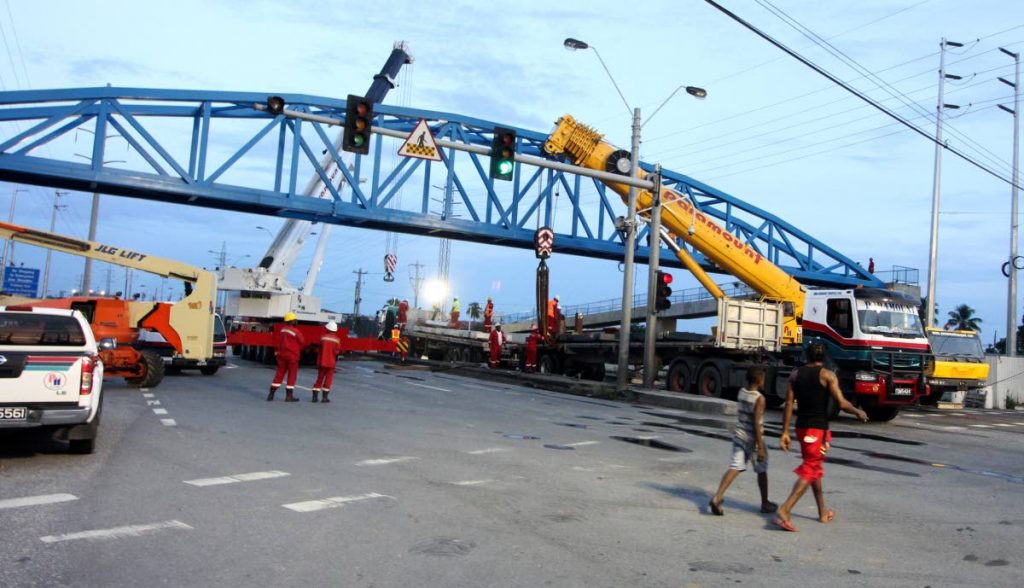Two opposing approaches

RYAN DARMANIE
Urban planning is concerned with how land is developed or conserved in the context of competing social, environmental, and economic considerations. Urban planners are generalists who study diverse fields such as economics, architecture, the environmental sciences, and sociology.
Planners deal with the layout, design, and management – through the formulation of public policy – of the human habitat. The term “planner” may refer to someone, with or without a degree in Urban Planning, who makes planning-related decisions.
Our physical surroundings have a deep influence on the individual and society. The renowned architect Christopher Alexander said it best: “There is a myth… that the individual is self-sufficient, and not dependent in any essential way on his surroundings. The fact is, a (person’s) state of harmony depends entirely on his harmony with his surroundings. Some kinds of physical and social circumstances help a person come to life. Others make it very difficult.”

First Thing to Know: There are two distinct and opposing approaches to urban planning.
The first, which I’ll call ideological planning, involves the creation of utopias. It became the mainstream approach to urban planning, particularly in the United States, in the early 20th century during the Urban Renewal Movement.
Ideological planners imagine that they can simply create a vision for a human settlement, including what it should look like and how it should function, without considering the ways that people instinctively behave and use space.
When people do not behave as expected, their reasoning is usually that people just do not know how to follow rules. Ideological planning is preoccupied with the large-scale clearance and replacement of the old with the new.
How many times have you heard people suggest that the only way to improve Port of Spain is to “start over from scratch”?
The second, which I’ll call evidence-based planning, involves the creation of places that are driven by, and cater to, the ways that people innately behave and use space. It is grounded in observations about what works in practice in urban planning, as opposed to what should work in theory.
The planner has a vision that embraces mostly incremental change, because the formation of social ties, which are indispensable to communities, takes years. Large-scale clearance and redevelopment can wipe away a generation’s worth of relationships that make up a community’s social capital, and create more social problems than they solve.
The second approach has once again become best practice in urban planning. Of course, the remnants of the first approach can still be found, most often in the places that we frequent, like Orlando and much of the Miami metropolitan area. It is perhaps why those destined-to-fail models are still considered the standard that we aspire to.
To understand the difference between the two approaches, consider the mundane issue of pedestrian walkovers. We constantly see people crossing an unsafe street near to or directly under a walkover, yet cannot accept that people rarely use walkovers in this or any other democratic country. We continue to build them, however. This well-intentioned solution to provide safe crossings is usually an attempt to solve the wrong problem, that is, inappropriate roadway design.
The problem in most instances is not the lack of a walkover, but an unnecessary high-speed thoroughfare separating two functionally-connected places.
Here, the more effective approach to safety is traffic-calming design interventions. In order to get people to drive at appropriate speeds, without a constant police presence, a roadway must be designed to make it uncomfortable to drive too fast.
Placing a sign to indicate an appropriate speed limit means little when everything about the design of the roadway subconsciously tells a driver that this is a place to speed. Everything from multiple lanes of one-way traffic, to wide lanes, to a lack of sufficiently tall buildings or street trees to visually narrow the roadway, is known to create an environment where the average person feels comfortable speeding.
Similarly, other interventions such as installing speed tables and changing the texture of the roadway, as has been done on dangerous bends on the Lady Young Road, can slow drivers down.
It is usually not wise to have high-speed thoroughfares bisecting urban areas. In fact, evidence shows that reducing vehicle speeds to as low as 30-40 km/h in urban areas does not reduce, and can even increase, the vehicular capacity of a roadway.
Pedestrians take risks the same way drivers do. They will choose the shortest path to cross a road, the same way a driver will speed to get to his destination five minutes earlier.
Protecting people means understanding how they behave, not assuming how they should.
Ryan Darmanie is an urban planning and design consultant (facebook.com/darmanieplanningdesign) with a master’s degree in city and regional planning from Rutgers University, New Jersey, and a keen interest in urban revitalisation.


Comments
"Two opposing approaches"